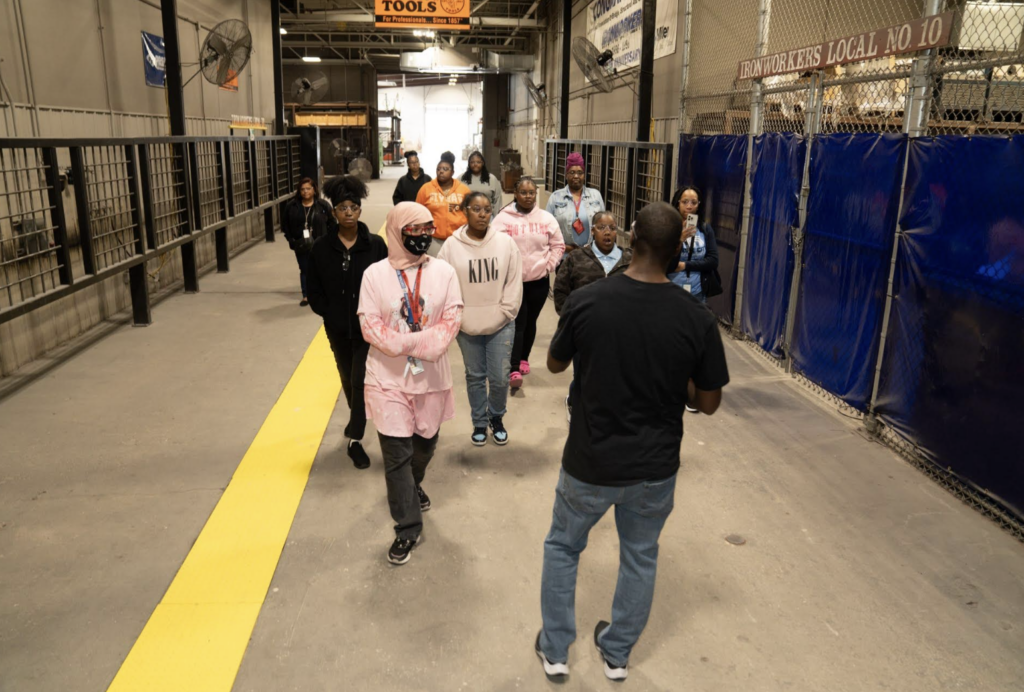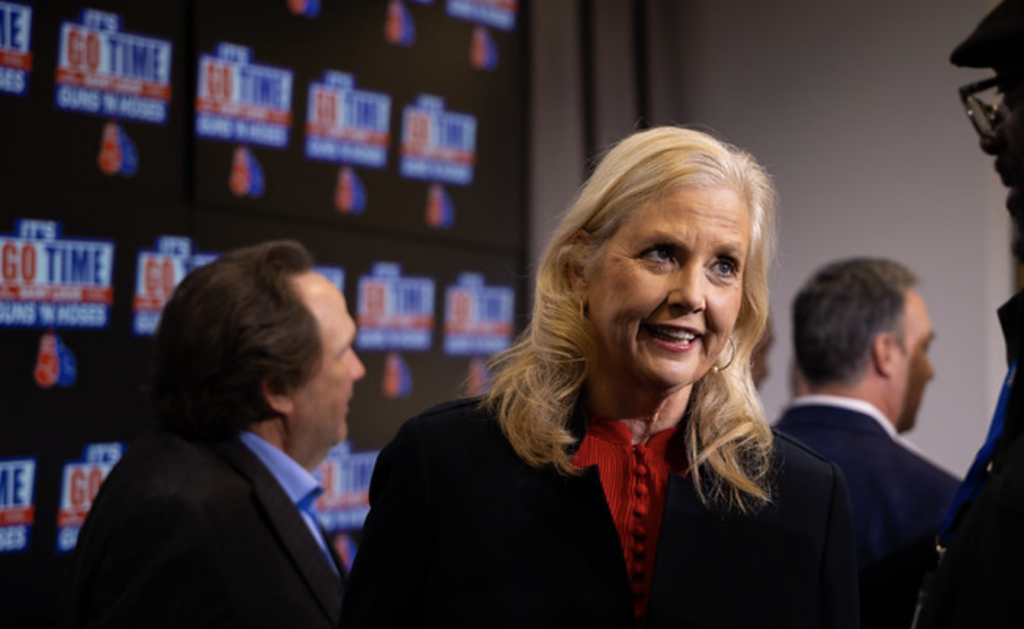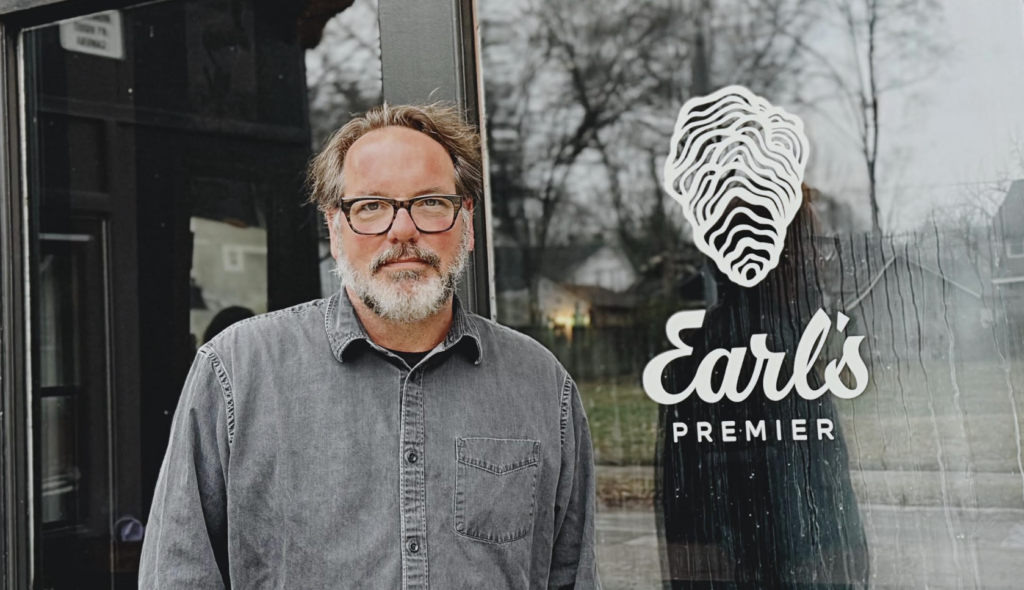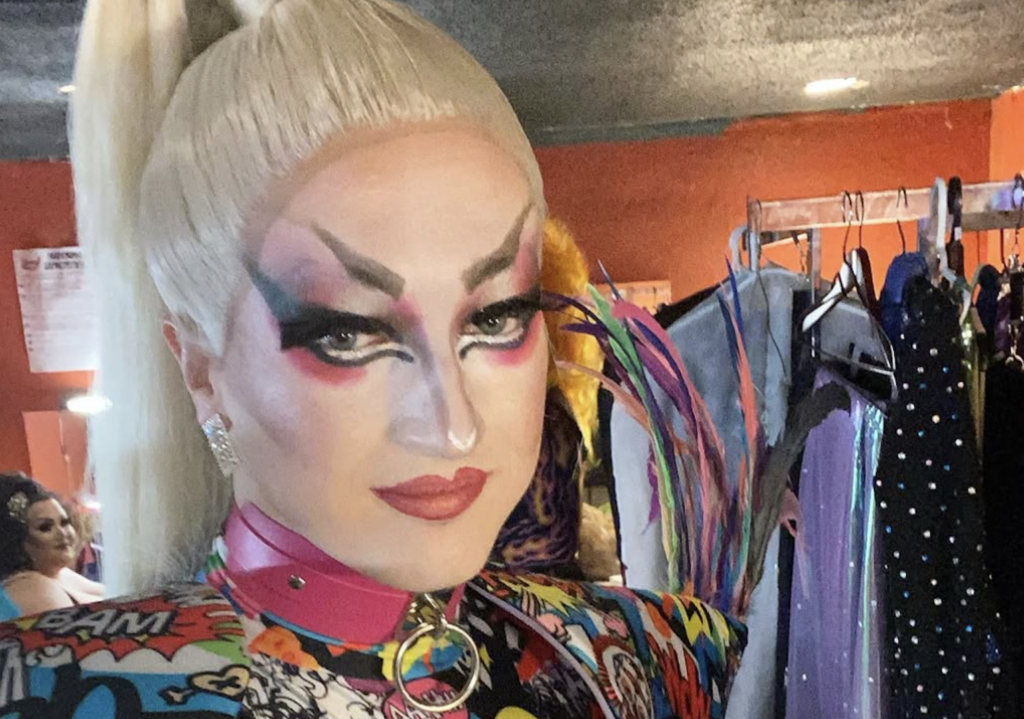Me and Earl and the Dying Girl: too much Me time


Among the better-founded tenets of the Strunk and White school of not writing like a jerk is the stern caution against not-un constructions: not unlike, not unkind, not unhandsome, etc. Not unwise advice for, say, someone writing a college-entrance essay — as teenage Greg is doing when we meet him at the start of Me and Earl and the Dying Girl, a not unimpressive, not unfunny, not unmoving recombining of some very not unfamiliar elements.
Greg is the title’s Me, a smoothly workshopped rendering of unsmooth male adolescence: sardonic but callow, private but quick to blurt out the truth, paralyzed by self-awareness but oddly industrious when the plot demands it. The plot comes from Jesse Andrews’ young-adult novel of the same name, which Andrews has adapted for director Alfonso Gomez-Rejon in a screenplay that emphasizes Greg’s deep inward focus. There is indeed a dying girl, and there is an alive-with-quiet-wisdom Earl, but what’s presented as a conversation among three distinctive personalities is really just Greg talking to himself.
The story is told in a flashback that interrupts itself with demonstrations of the wit and whimsy at play in Greg’s head. Blocky stop-motion animation illustrates a few of the emotional beats, and we see snippets of the crude but ambitious short films that Greg and Earl make together. (To ensure proper admiration, the end credits include a list of every Criterion Collection-punning title in the duo’s oeuvre.) Some of this is charming; some of it is mugging. There’s a hint of Michel Gondry or Wes Anderson in the flavor, but the confection and the feelings it means to conjure are out of sync, an Easy Bake cake on a dinner plate.
And those are Me and Earl‘s good points. Under minimal scrutiny, Gomez-Rejon’s buzzed-about movie — it won the two big prizes at Sundance and was that festival’s big story when it was picked up for a reported $12 million — reveals its limitations. There’s a Garden State ho-humness to its epiphanies — a safe white boy coming to terms with his own winning eccentricity, with lessons about intimacy subbing for treatment or actual intimacy — sure to invite backlash if crowds make it a hit. Yes, Rachel — the girl — provides predictable soul and convenient generosity of spirit. And yes, the gently platonic boy-girl friendship and the interracial bond between two young men in what looks like a predominantly white high school fail to gain true dimension. Yet Andrews’ script is true to its limits in ways that make it, well, not unadmirable. It sticks to Greg’s frustrating voice at all times. Me and Earl isn’t unpandering, but it’s also less solicitous than the average recent teen weepie.
Besides, interpersonal dynamics would be beside the point. Me and Earl isn’t about Greg’s awakening from ignorance; it’s about how he uses that awakening to get into college. What moves an audience must also move an admissions board and vice versa, and everybody knows that whenever a movie kid who doesn’t want to go to college decides to get a four-year degree after all, he and the world and the people who urged him to go are all better for it. And this is the story’s chief not-unbad point — there isn’t much of a message besides “pay attention to the people around you and to your own opportunities.”
The other problem is that Rachel the stoical leukemia patient turns out to be a better artist than Greg the offbeat auteur. That information should be a spoiler, but Me and Earl doesn’t hinge on any talent but Greg’s. His late understanding that Rachel has harbored her own stubbornly idiosyncratic worldview becomes another way for Andrews to congratulate his character for trying a little harder. That’s better, I suppose, than the same story told from Rachel’s point of view, which would involve her weighing treatment decisions while toiling on a secret five-year plan to make a man out of the boy down the block. Gross. To show their own strengths and intelligence, young women on film apparently require a dystopian setting a safe distance from boys who are struggling to self-actualize. Not even a brave fight against a deadly illness is enough.
That any of this resembles depth is because of the young actors, who are reason enough to see Me and Earl: Thomas Mann as Greg (reminding you of an early Edward Norton), Olivia Cooke as Rachel (both actress and character could be related to the Natalie Portman of Garden State) and RJ Cyler as Earl (doing more than he seems to be). As the adults, here mostly to appear offbeat, Nick Offerman and Jon Bernthal provide their not overwhelming recognizability before their skills, though Connie Britton and Molly Shannon are terrific as Greg’s and Rachel’s respective mothers.




